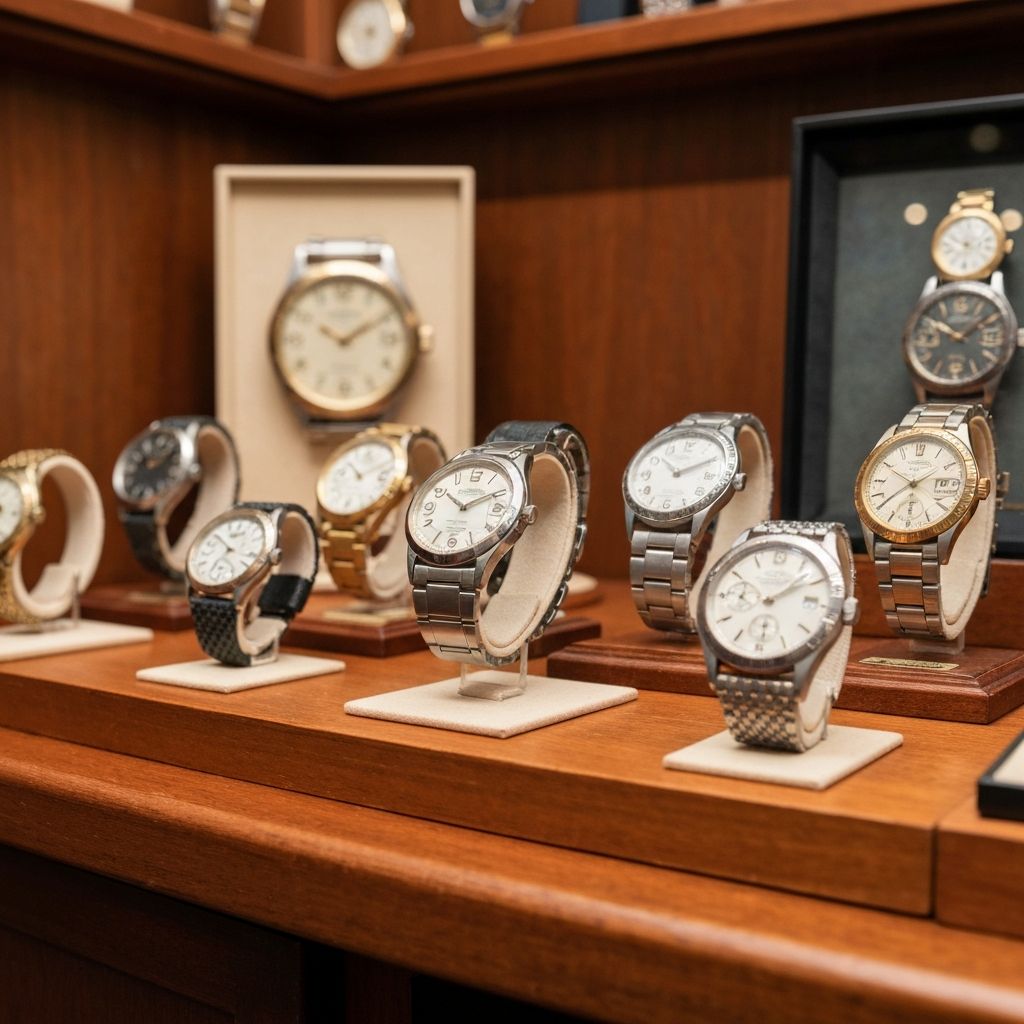Vintage Watch Collecting: A Beginner's Guide
Everything you need to know before starting your vintage watch collection, from authentication to maintenance.

Vintage watch collecting has exploded in popularity over the past decade. The appeal of owning a piece of horological history, combined with the potential for appreciation, has drawn countless new collectors to the market. However, navigating the vintage watch world requires knowledge and caution.
Understanding what makes a watch "vintage" is the first step. Generally, watches from the 1960s-1980s are considered vintage, while those from earlier periods are often called "antique." The most collectible vintage watches typically come from established brands like Rolex, Omega, Patek Philippe, and Heuer.
Condition is paramount in vintage collecting. Original parts, unpolished cases, and intact dials command significant premiums. A watch that has been heavily polished or has replacement parts will be worth considerably less than an all-original example. Learning to spot refinished dials, replaced hands, and case modifications is essential.
Provenance and documentation add value. Original boxes, papers, and service records not only verify authenticity but also tell the watch's story. Some collectors focus specifically on watches with interesting histories or celebrity connections.
Common pitfalls include fake watches, "Franken-watches" (assembled from parts of different watches), and over-restored pieces. Working with reputable dealers, getting independent authentication, and joining collector communities can help avoid these issues.
Popular entry points for vintage collecting include Omega Seamasters from the 1960s, vintage Seiko divers, and Heuer chronographs. These offer authentic vintage appeal at more accessible prices than Rolex or Patek Philippe.
Maintenance of vintage watches requires special consideration. Finding watchmakers experienced with vintage pieces is crucial, as is understanding that perfect timekeeping shouldn't be expected from 50-year-old movements. Regular servicing every 5-7 years helps preserve these mechanical treasures.
The vintage market can be volatile, with prices fluctuating based on trends and availability. However, quality vintage watches from respected brands have generally appreciated over time, making them both enjoyable to own and potentially sound investments.
About Haruko Nakazima
Haruko Nakazima is a watch enthusiast and contributor to our publication, specializing in collecting and bringing years of experience in the watch industry.